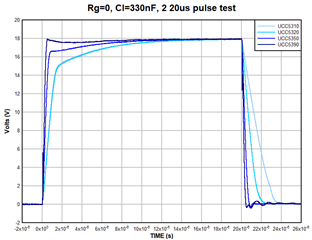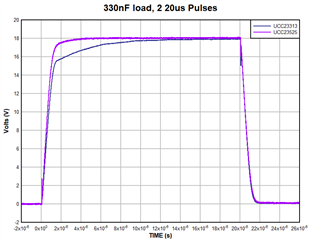Other Parts Discussed in Thread: UCC5350, , UCC5390, UCC5310, UCC5320, UCC23525
Tool/software:
Dear TI Team,
I have been looking at isolation drives recently and saw that the optocoupler isolation driver UCC23513 and the single channel isolation driver UCC5350 have similar functional parameters, but the prices differ significantly.
May I ask in which fields are typical optocoupler isolation drivers used? What are the advantages and disadvantages of the two at the scheme level?



